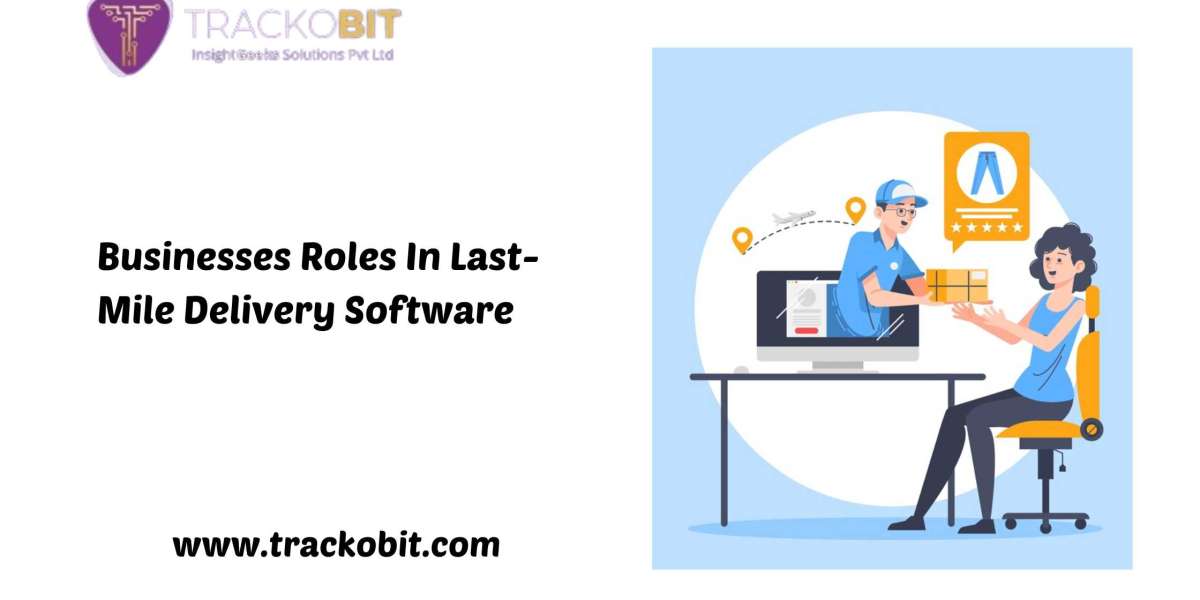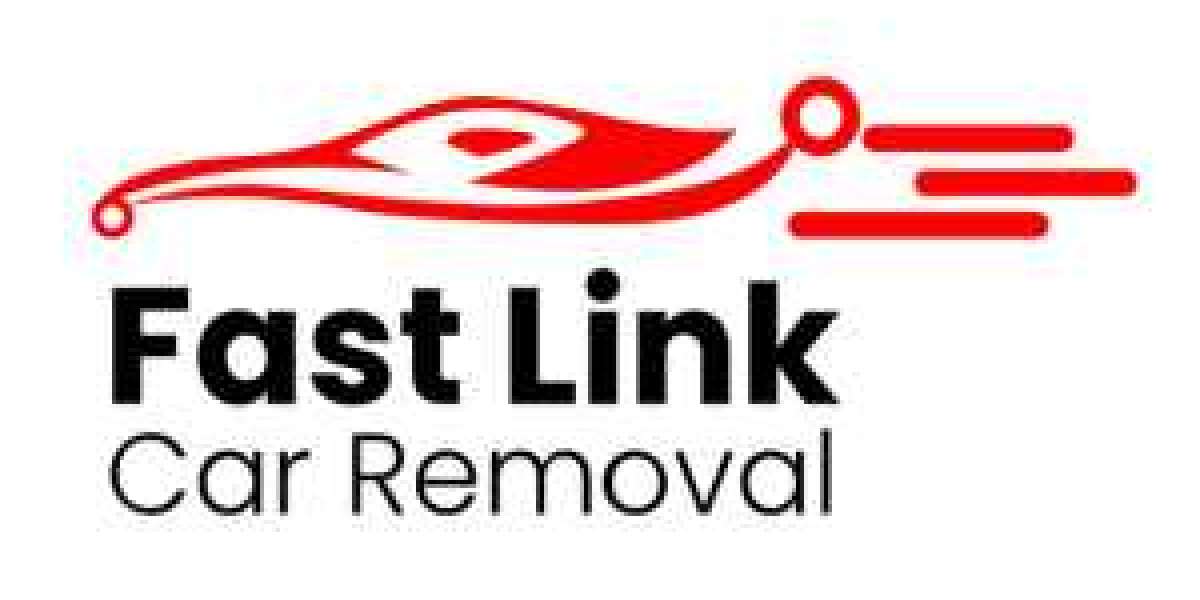The last-mile delivery process is a key component in the supply chain. After all, this phase is responsible for getting products from a distribution hub to the end customer. And with the rise of e-commerce, the demand for efficient last-mile delivery has surged. A study revealed that 61% of consumers expect same-day delivery. Yep, that's true. This demand is pushing businesses to optimize their delivery processes. That's where last-mile delivery software comes in.
This technology is now crucial, allowing business to meet customer expectations while maintaining operational efficiency. Recent last mile delivery trends and technologies of 2024 also highlight a growing focus on analytics, real-time tracking, and automation. And these elements are nearly impossible to manage effectively without advanced last-mile delivery software.
Wait, do you wish to know more about the role of last-mile delivery software? If yes, this article will help you.
Last-Mile Delivery Software: What It Is?
Last-mile delivery software is designed to optimize the final step of the delivery process. It basically manages the movement of goods from a transportation hub to the final delivery destination.
This software is crucial for businesses that want to streamline their operations, reduce costs, and improve customer satisfaction.
At its core, last-mile delivery software includes features like route optimization, real-time tracking, and delivery scheduling. It provides businesses with the ability to monitor deliveries in real-time.
Additionally, it offers analytics that helps businesses understand delivery performance, identify bottlenecks, and make data-driven decisions for future improvements.
How Does Last-Mile Delivery Software Work?
The operation of last-mile delivery software involves multiple interconnected processes.
Here's how it works:
- Order Integration: The process begins with the integration of customer orders into the software.
- Route Optimization: Once the orders are in the system, the software uses algorithms to determine the most efficient delivery routes.
- Real-Time Tracking: As the delivery process begins, the software provides real-time tracking of vehicles. This allows businesses to monitor the progress of each delivery and make adjustments if delays or issues arise.
- Proof of Delivery: Upon reaching the destination, drivers can capture proof of delivery. It can be done through digital signatures, photos, or QR codes.
- Analytics and Reporting: After the delivery process is complete, the software generates detailed reports on delivery performance.
Understanding The Process Of Last-Mile Delivery
The last-mile delivery process is the final and often most complex stage of the supply chain.
It involves many steps that ensure goods are delivered to the end customer as efficiently as possible. Here’s a breakdown of the process:
- Order Management: This is the initial step where customer orders are received and processed.
- Parcel Sorting: After orders are processed, parcels are sorted at a distribution center. This step is crucial for ensuring that each parcel is assigned to the right delivery route.
- Loading and Dispatch: Once sorted, parcels are loaded onto delivery vehicles. The software assists in optimizing the loading process.
- Delivery Execution: During this stage, the driver follows the route provided by the software. The software continuously updates the route based on real-time traffic data.
- Customer Interaction: Throughout the delivery process, customers receive updates on their order status.
- Feedback and Analysis: Lastly, after the delivery is completed, customers are often prompted to provide feedback.
Pros Of Using Last-Mile Delivery Software For Businesses
Well, if you are using the best last-mile delivery software, it may offer multiple benefits to your business. And guess what? These benefits ultimately contribute to improved customer satisfaction.
Here are a few perks of using third-party logistics software like our TrackoMile, which is also a last-mile delivery software.
- Better Efficiency: One of the primary benefits of last-mile delivery software is the significant improvement in delivery efficiency. With features like route optimization and real-time tracking, businesses can ensure that deliveries are made on time.
- Cost Reduction: By optimizing delivery routes and reducing fuel consumption, businesses can lower their operational costs. Additionally, the software helps in reducing labor costs by improving the productivity of drivers.
- Enhanced Customer Experience: Last-mile delivery software provides customers with real-time updates on their orders. This includes tracking information and estimated delivery times.
- Scalability: As businesses grow, managing an increasing number of deliveries can become challenging. But fret not, as last-mile delivery software is highly scalable.
- Data-Driven Insights: The software provides businesses with valuable data on their delivery operations. This data can be used to make informed decisions that enhance overall efficiency.
- Reduction in Delivery Errors: Last but not least, with automated processes and real-time tracking, the chances of delivery errors are significantly reduced. This not only improves customer satisfaction but also reduces costs.
Final Words
Overall, the last-mile delivery process plays a crucial role in customer satisfaction and business success. Thus, choose last-mile delivery software that can revolutionize your business.
By using this technology, businesses can ensure efficient, reliable, and customer-friendly deliveries. Hope this article helps.








